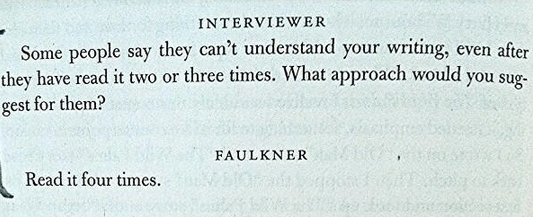Conscientious reading — slow, contextual, rhetorical, critical — in which reading can be an act of composition, too.

Skimming: used to quickly find the main ideas of a text, skimming is often done at a speed three to four times faster than normal critical reading speed.
Scanning: when looking up a word in a dictionary or trying to find a specific phrase or number on a printed page. When we are scanning, we move our eyes to find specific words, numbers or phrases. Scanning often comes before skimming. Scanning can be used to determine if a resource has the information you are looking for. Once the resource is scanned, it can then be skimmed for more detail.
See your SMH 124-134, especially Previewing (7b) and Reading and Annotating (7c).
![]()
Louise Rosenblatt explains that readers approach texts in ways that can be viewed as aesthetic or efferent. The question is why the reader is reading and what the reader aims to get out of the reading:
- Efferent reading: reading to take away particular bits of information, such as when reading most textbooks. We are not usually interested in the rhythms of the language or the prose style but focused on obtaining a piece of information. Rosenblatt suggests that, “the reader’s attention is primarily focused on what will remain as a residue after the reading — the information to be acquired, the logical solution to a problem, the actions to be carried out.” An example would be a deep-sea fishing guide to decide where to go fishing, or a textbook to learn about the economic causes of the Great Depression. A New York Times example might be reading Market News.
- Aesthetic reading: reading to explore the work, the world, and one’s self: “in aesthetic reading, the reader’s attention is centered directly on what she is living through during her relationship with that particular text.” An example would be reading Hemingway’s Old Man and The Sea to live through a deep-sea fishing adventure, or the Grapes of Wrath to plumb the emotional depths of living through the Great Depression. One would not read the Old Man and The Sea to learn how to deep-sea fish, nor the Grapes of Wrath to examine the economic factors that caused the Great Depression. A New York Times example might be Jameson’s Mark My Words. Maybe.
But now, in the 21st century:
- Reading as foraging? Foraging, according to Keller, is “a purposeful wandering across texts, evaluating and possibly gathering and using materials along the way.”
